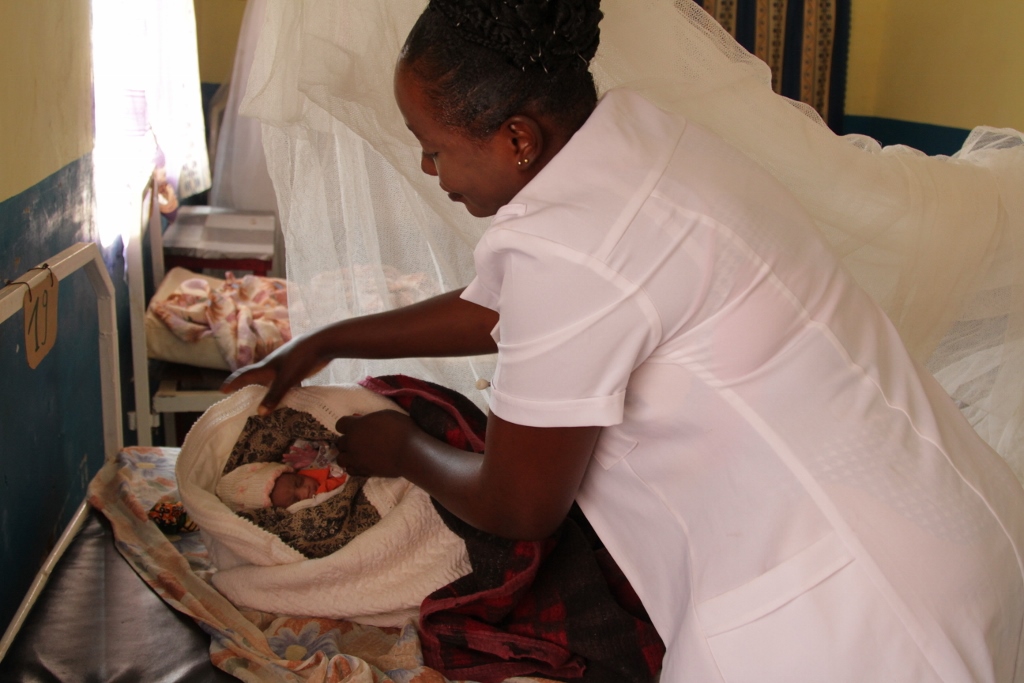Additional contributions by Aaron Brose.
It is very likely you know someone who has given birth to, or maybe even was, a preterm baby—a “preemie” as they’re affectionately called. In the United States, preterm birth may come with complications, but hospital and medical teams are well-equipped to provide life-saving care and give parents information about how to specially care for their new baby.
The Problem:
Worldwide, a premature baby’s chances for survival greatly depend on where they were born.
- Preterm birth is now the leading global cause of death for newborns and children under 5.
- More than 90 percent of extremely preterm babies born in low-income countries die within the first few days of life, compared to 10 percent in high-income countries.
What is a virtual death sentence in many countries, is often referred to in very different terms in countries with sufficient healthcare resources– cute, small, delicate, fragile. In fact, in the 1980s Cabbage Patch Kids released a whole line of preemie dolls complete with special clothes, accessories, and even a cake pan.
Limited access to safe health services and facilities is a major reason why preterm birth complications and death are more common in the developing world. According to the World Health Organization, an estimated three in four preterm babies could survive if their mothers had access to highly effective, yet inexpensive interventions like breastfeeding support, basic care for infections, newborn resuscitation, and training in proper nutrition and skin-to-skin contact known as Kangaroo Care.
But, prematurity itself is not inevitable. The Solution:
Prevention is a crucial way to address rising preterm birth risks in countries around the world. World Vision focuses on reducing the frequency of preterm births through addressing two key risk factors: adolescent pregnancy and pregnancies spaced by less than three years.
“Without proper care, guidance, education, and the encouragement of others around the mother to take time to grieve, the solution seems to be trying for another pregnancy. This can cause all kinds of complications with the mother and child’s health, and also for the immediate family if their mother and wife becomes ill or they have a sick child,” shares Diana Stone reflecting on her time visiting with mothers from Zimbabwe who lost children in pregnancy and childbirth.
In partnership with community members, faith leaders, and health care volunteers, World Vision advises couples on how to space their pregnancies, integrating our maternal and child health programming with life-saving education and resources. Practicing healthy timing and spacing of pregnancies improves maternal health before and after pregnancy and also reduces the likelihood of preterm birth and its resulting complications.
The Progress:
At the beginning of 2016, World Vision Canada launched a global partnership project with Johnson & Johnson, Save the Children Canada, Plan International, and the Government of Canada to address preterm births in three countries where preterm birth is a contributing factor in a third of newborn deaths: Bangladesh, Ethiopia, and Mali. The project is called Born On Time and it addresses the risk factors that can lead to preterm birth. At the launch of the Born On Time, global partnership leaders noted the project will contribute significantly to the global goal to end preventable child and maternal deaths by 2030. President & CEO of World Vision Canada, Michael Messenger, said:
“Despite a remarkable drop in global child mortality since 1990, too many babies still don’t survive or thrive because they are born too soon. Mothers urgently need access to existing, practical solutions to help them reach full-term pregnancies and care for premature babies.”
Today, we recognize World Prematurity Day, deeply thankful for public-private partnerships that exist to bring resources and expertise together to save lives. We rejoice for those working on the frontlines including World Vision employees, faith leaders, and community health volunteers. We pray that every mom and baby would receive the care they need to enjoy the richness and fullness of life.
Photo: Julie Kayembe, nurse, caring for a premature baby. The health center doesn’t have an incubator for premature infants. “Before many women lost their children for simple complications. The existence of this clinic saves the lives of many children. Although there is a lack of equipment, we are developing techniques to support newborns, as well premature babies. He was born 6 months and two days ago. We keep him warm through blankets. But we hope to get the appropriate equipment one day for better care,” says Julie. © 2015 World Vision/photo by Alice Bafiala Mutombo


